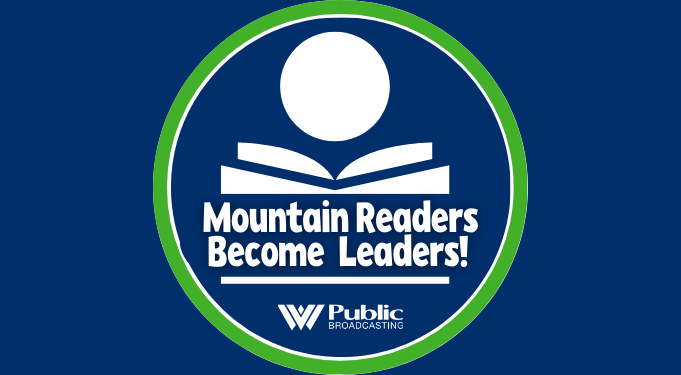In this installment of our summer education radio series, “Closing the COVID Gap,” we look at summer school remediation efforts in the state.
In the fall of 2020, one-third of K-12 children in West Virginia failed at least one core subject, according to the West Virginia Department of Education. Officials said this was due to the inconsistencies in learning models and stress from the pandemic.
In an effort to help students get back on track, the WVDE launched the Summer SOLE grant program. SOLE stands for Student Opportunities for Learning and Engagement. It was funded by the second round of federal CARES money to schools.
“Summer SOLE is designed to bring children back to school, and teachers as well, without the pressure of grades and assignments,” said Melanie Purkey, senior officer for the Office of Federal Programs and Support at the WVDE.
Purkey said counties had the flexibility to come up with programs that fit their county’s needs.
“Students are going to get to experience field trips. They’re going to get to do nature walks, some [schools] have outdoor classrooms,” Purkey said. “They’re going to give [students] a lot of academics but social-emotional support as well, and provide experiences for students who weren’t able to have this over this past year because of COVID.”
Every county in West Virginia, except for Boone, applied for the money. In a report from Coal Valley News, officials from Boone County Schools said they already had enough funds available for a robust summer program, so they chose not to apply for the SOLE grant.
The SOLE program offered more than $32 million to districts, divided up based on population. For example, Kanawha County Schools received about $3 million from SOLE, while Wayne County Schools received a little more than $800,000.
“It’s really important to make this a fun thing for the kids, because so many of them have been out of touch with their friends and classmates for the last year,” said Kanawha County Superintendent of Schools Tom Williams. “So, [this summer has] been a good opportunity for kids to come together and have some fun and learn.”
There were unique ways that some counties tackled summer remediation. Elementary-aged students in Wayne County visited a nearby farm to pick herbs, feed chickens and learn about mindfulness.
In southern West Virginia, students in Mercer County experienced a mobile program meant to bring education closer to students. “Classrooms on Wheels” brought themed school buses to neighborhoods, which included a technology bus and a STEM bus.
In the Eastern Panhandle, students in Jefferson County had themed weeks focused on things like space, planets and simple machines — all with the overarching goal of ensuring kids felt safe being inside school buildings again.
“Creating those warm, rich, loving experiences with children that then open them up to learning,” said Lee Ebersole, Jefferson County’s Director of Social and Emotional Support. “That’s what we’re trying to do here.”
State education officials agree, they wouldn’t be able to provide the level of high quality programs this summer without the help of Summer SOLE and other federal dollars.
On top of that, the state has years to work with some of the funds, such as the American Rescue Plan, to pinpoint the greatest needs in West Virginia.
“We have three years to develop strategies and work with children and monitor their progress and improve what they are doing to help them regain that ground,” said Purkey. “I’m hopeful that at the end of that three years, [students] will have regained and surpassed where they were before.”
This episode of “Closing the COVID Gap” originally aired in West Virginia Morning on July 21, 2021.























